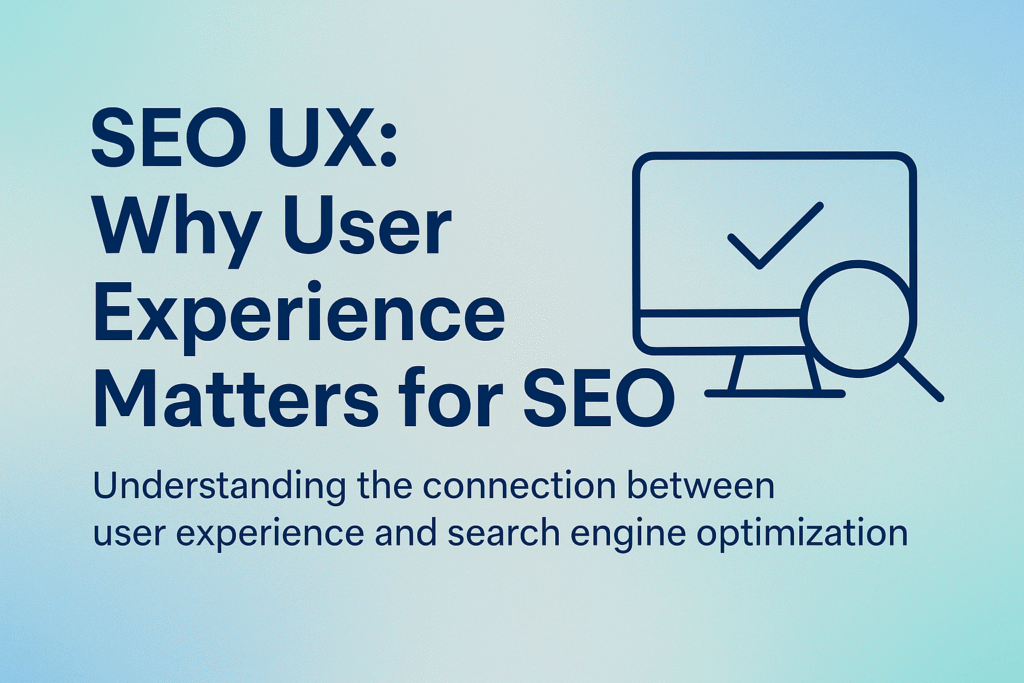Introduction
Even the best content can fail if your website is plagued with technical SEO issues. Whether you’re an entrepreneur or digital marketer, understanding tech SEO is essential for optimizing your site’s visibility, crawlability, and overall performance.
In this guide, we’ll highlight the most common technical SEO mistakes and show you exactly how to fix them, ensuring your site ranks better and loads faster.
1. Slow Page Speed
The Mistake:
A slow-loading website frustrates users and signals poor quality to search engines. Google considers site speed a ranking factor, especially on mobile.
How to Fix It:
- Compress images with tools like TinyPNG or ImageOptim.
- Minify HTML, CSS, and JavaScript using Minifier.
- Leverage browser caching and enable GZIP compression.
- Use a CDN (Content Delivery Network) to serve files faster across regions.
2. No Mobile Optimization
The Mistake:
Google uses mobile-first indexing, so if your website isn’t optimized for mobile devices, your rankings will suffer.
How to Fix It:
- Use responsive design with flexible grids and images.
- Regularly test your site using Google’s Mobile-Friendly Test.
- Avoid using pop-ups or elements that interrupt the user experience on small screens.
3. Missing or Incorrect XML Sitemap
The Mistake:
Without an up-to-date and error-free XML sitemap, search engines may not index your pages properly.
How to Fix It:
- Generate a sitemap using tools like Yoast SEO, Screaming Frog, or XML-sitemaps.com.
- Submit it to Google Search Console.
- Keep your sitemap updated whenever you add or remove pages.
4. Not Using HTTPS
The Mistake:
Using HTTP instead of HTTPS can compromise user security and damage SEO rankings.
How to Fix It:
- Purchase an SSL certificate and install it on your site.
- Redirect all HTTP URLs to HTTPS using 301 redirects.
- Update internal links and canonical tags to reflect the secure version.
5. Broken Internal Links
The Mistake:
Broken links (404 errors) reduce crawl efficiency and hurt user experience.
How to Fix It:
- Use tools like Ahrefs, SEMrush, or Screaming Frog to identify broken links.
- Replace broken links with working URLs or remove them entirely.
- Set up 301 redirects if the content has been moved.
6. Poor URL Structure
The Mistake:
Long, confusing, or keyword-stuffed URLs make it difficult for search engines and users to understand page content.
How to Fix It:
- Keep URLs short, descriptive, and include relevant keywords.
- Use hyphens instead of underscores to separate words.
- Avoid dynamic parameters when possible (e.g.,
?id=123).
7. Duplicate Content and Canonical Issues
The Mistake:
Duplicate content confuses search engines and can dilute ranking signals across URLs.
How to Fix It:
- Set up canonical tags to indicate the preferred version of a page.
- Avoid publishing the same content across multiple pages.
- Use Siteliner or Copyscape to identify duplicate content.
8. Robots.txt Blocking Important Pages
The Mistake:
Improper use of robots.txt can block critical pages from being crawled and indexed.
How to Fix It:
- Audit your
robots.txtfile using Google Search Console → URL Inspection Tool. - Make sure important pages (like product or service pages) are not being disallowed.
- Only block pages you explicitly don’t want indexed (e.g., admin or login pages).
9. Missing Structured Data (Schema Markup)
The Mistake:
Without schema markup, search engines miss out on valuable information about your content (reviews, FAQs, product info).
How to Fix It:
- Implement schema using tools like Google’s Structured Data Markup Helper.
- Use JSON-LD format for implementation.
- Test your markup using Google’s Rich Results Test.
10. Ignoring Crawl Errors
The Mistake:
Crawl errors like server issues, soft 404s, or DNS failures can stop search engines from accessing your site.
How to Fix It:
- Monitor crawl errors regularly using Google Search Console.
- Fix server issues by upgrading hosting or using caching plugins.
- Ensure proper 301 redirects are in place for moved content.
Bonus: Not Running Regular Technical SEO Audits
The Mistake:
Most businesses fix a few things once and forget about tech SEO until traffic drops.
How to Fix It:
- Run a full technical audit at least once a quarter using tools like SEMrush, Ahrefs, or Screaming Frog.
- Set up alerts for crawl issues or significant traffic drops in Google Search Console.
- Track changes using a staging environment before making them live.
Conclusion
Technical SEO is the foundation of every high-performing website. Even minor issues—like slow speed or crawl errors—can silently tank your rankings. By identifying and fixing the most common tech SEO mistakes outlined above, you’ll ensure your site is search engine-friendly, user-friendly, and future-proof.
Ready to fix your technical SEO issues?
📈 Get a free technical SEO audit from our experts today. Let’s boost your site’s performance!
FAQ: Common Tech SEO Questions
Q1. What is tech SEO?
A: Tech SEO refers to optimizing the backend structure of your website—like speed, crawlability, and indexing—to improve its visibility in search engines.
Q2. How often should I run a technical SEO audit?
A: Ideally, quarterly. However, major site updates or traffic drops warrant an immediate audit.
Q3. Do broken links affect SEO?
A: Yes, broken links create poor user experience and reduce crawl efficiency, impacting SEO rankings.
Q4. Is HTTPS mandatory for SEO?
A: Yes, Google uses HTTPS as a ranking signal, and it enhances site trust and security.
(This article was produced using artificial intelligence technology, reviewed and edited by an SEO Content Manager who adhered to Google’s quality guidelines before being posted here)
Author
-
Rahi Shah is a results-driven Digital Marketing Expert with 8+ years of experience in SEO, PPC, Social Media Marketing, and Performance Marketing. With a Master's in Computer Applications, she has helped E-commerce, SaaS, and B2B brands scale their digital presence and boost ROI through data-driven strategies. Rahi specializes in high-impact campaigns, marketing automation, and AI-powered growth solutions. She also offers consulting services through her brand, Digitating.


